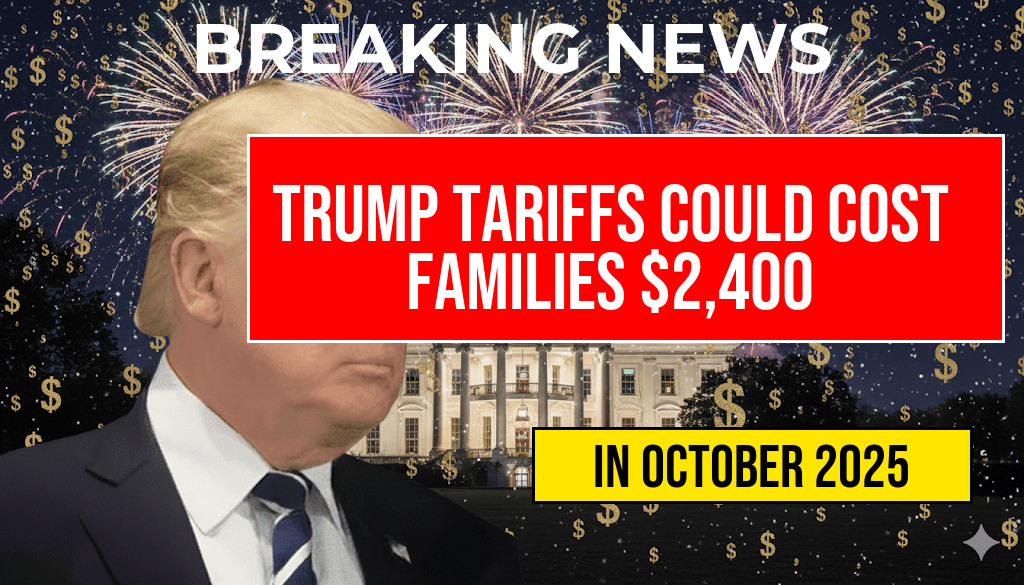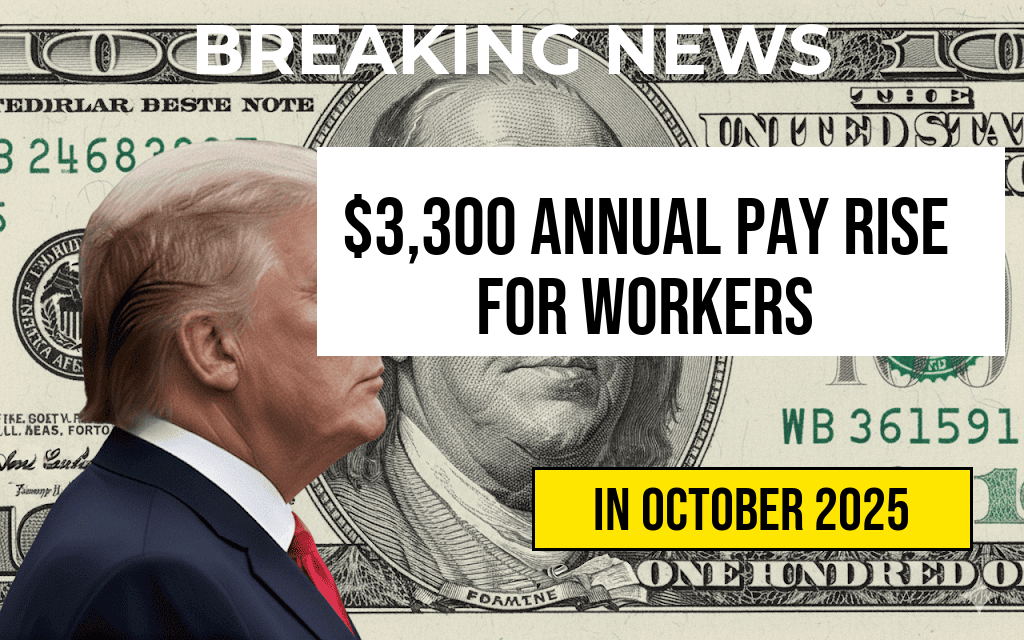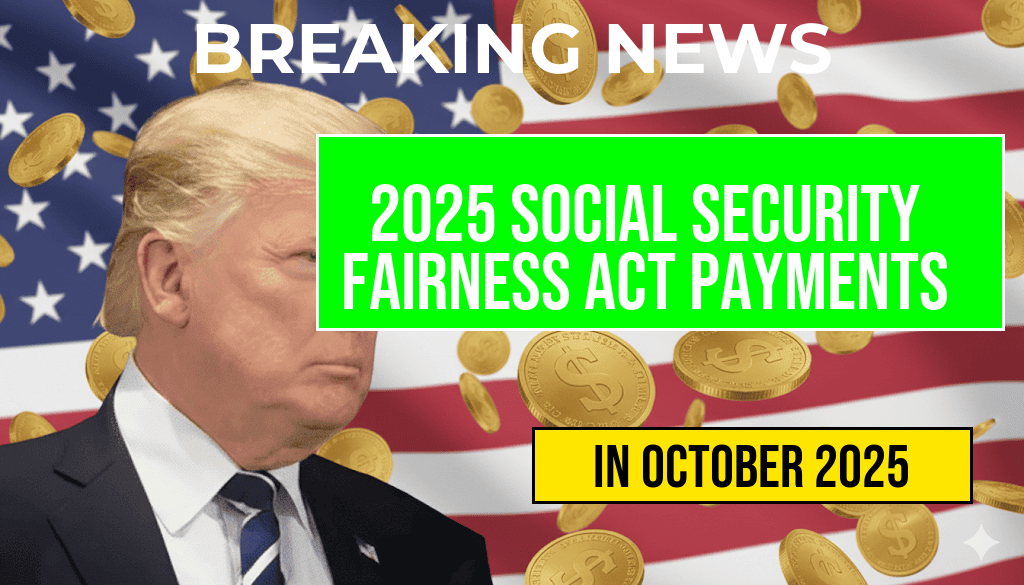Former President Donald Trump has recently expressed strong support for allowing high-risk cryptocurrency investments in 401(k) retirement plans. This advocacy comes as part of a broader push for increased financial freedom for American workers, particularly younger generations who are more inclined to explore digital assets. Trump’s proposal aims to enable individuals to diversify their retirement portfolios by incorporating cryptocurrencies, which have gained popularity due to their potential for high returns. However, this initiative raises questions about the risks involved and how it could affect the stability of retirement savings for millions of Americans.
Understanding the Proposal
Trump’s endorsement aligns with a growing trend among financial leaders advocating for expanded options within retirement accounts. Currently, most 401(k) plans primarily offer a limited selection of mutual funds and conservative investments. Trump’s vision would permit plan sponsors to include cryptocurrencies as part of their investment offerings.
Potential Benefits of Including Cryptocurrencies
- Diversification: Allowing crypto investments could help individuals spread their risk across various asset classes.
- Higher Returns: Cryptocurrencies have demonstrated significant price appreciation, attracting those seeking substantial long-term growth.
- Appealing to Younger Investors: Millennials and Gen Z are increasingly interested in digital currencies, and this move could engage younger individuals in retirement planning.
Risks Involved
While the potential for high returns is appealing, incorporating cryptocurrencies into 401(k) plans is not without significant risks. Market volatility is a major concern, as cryptocurrencies are known for their price fluctuations. A sudden downturn could severely impact retirement savings.
- Market Volatility: Cryptocurrencies can experience dramatic price swings, which may jeopardize the stability of retirement portfolios.
- Lack of Regulation: The cryptocurrency market is less regulated than traditional investments, raising concerns about investor protection.
- Investor Education: Many individuals lack a clear understanding of how cryptocurrencies work, which could lead to uninformed investment decisions.
The Regulatory Landscape
The proposal has sparked discussions about the need for a regulatory framework to protect investors. Current regulations surrounding retirement accounts do not specifically address cryptocurrencies, leaving a gap that could lead to potential abuses. Lawmakers and financial regulators will need to consider how to oversee such investments effectively.
Expert Opinions
Financial experts are divided on the merits of including cryptocurrencies in retirement accounts. Some argue that the potential for high returns justifies the risks, while others caution against exposing retirement savings to such volatility. According to Forbes, it is essential for investors to understand their risk tolerance before diving into digital assets.
Trump’s initiative has also garnered attention from policymakers, with some lawmakers expressing cautious support for the idea, provided that adequate safeguards are put in place. Advocates emphasize the need for education initiatives to help investors navigate the complexities of cryptocurrencies.
The Future of Retirement Planning
As discussions continue, the landscape of retirement planning may shift significantly. The rise of cryptocurrencies and their potential inclusion in traditional investment vehicles like 401(k) plans could change how Americans approach saving for retirement. This evolution could empower individuals to take greater control of their financial futures, but it also necessitates a careful examination of the associated risks.
What Lies Ahead
The coming months are likely to see increased debate around this proposal and the implications it carries for retirement savings. Stakeholders from various sectors, including financial institutions and regulatory bodies, will need to collaborate to create a framework that balances innovation with the protection of investors.
Conclusion
Trump’s advocacy for high-risk cryptocurrency investments in 401(k) plans has sparked a vital conversation about the future of retirement savings. As younger investors seek out new opportunities, the financial industry must adapt to these changing preferences while ensuring that adequate protections are in place. The potential for diversification and higher returns must be weighed against the inherent risks of a volatile market.
For more information about cryptocurrencies and their role in investment strategies, visit Wikipedia or explore insights from Forbes Crypto.
Frequently Asked Questions
What is Trump’s stance on crypto investments in 401(k) plans?
Trump advocates for allowing high-risk crypto investments within 401(k) retirement plans, suggesting that they can provide greater returns for investors.
Why are high-risk investments in retirement plans controversial?
High-risk investments, such as cryptocurrencies, can lead to significant gains but also pose a substantial risk of loss, raising concerns about the financial security of retirees.
How might crypto assets be integrated into 401(k) plans?
Crypto assets could be added as an investment option in 401(k) plans, allowing participants to allocate a portion of their retirement savings into cryptocurrencies and other digital assets.
What are the potential benefits of including cryptocurrencies in retirement savings?
Including cryptocurrencies in retirement savings can diversify investment portfolios and potentially enhance returns, especially for those willing to accept higher risks.
What risks should investors consider before investing in crypto for their retirement?
Investors should consider the volatility and regulatory uncertainties surrounding crypto investments, as well as their overall risk tolerance and retirement goals.











